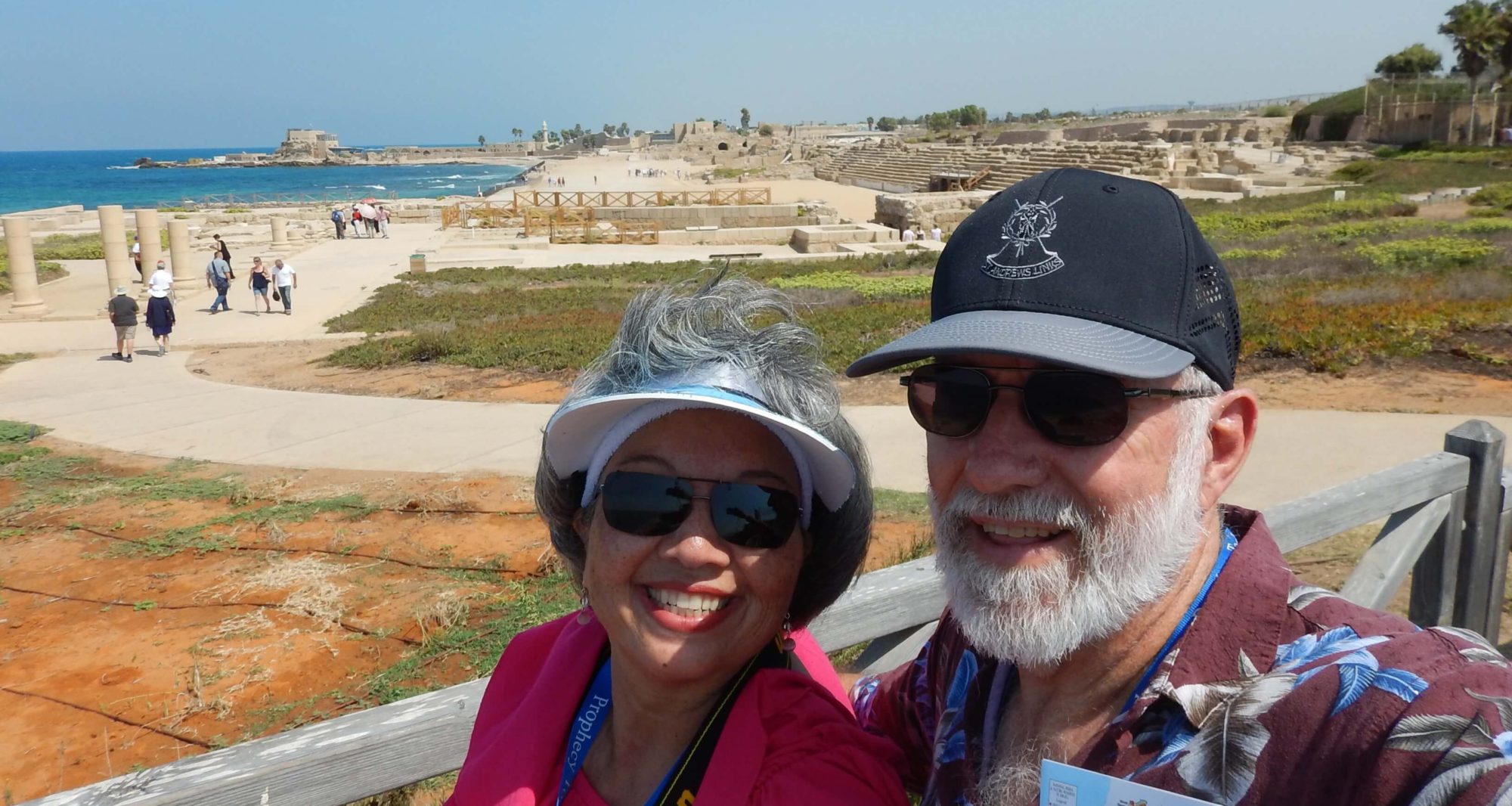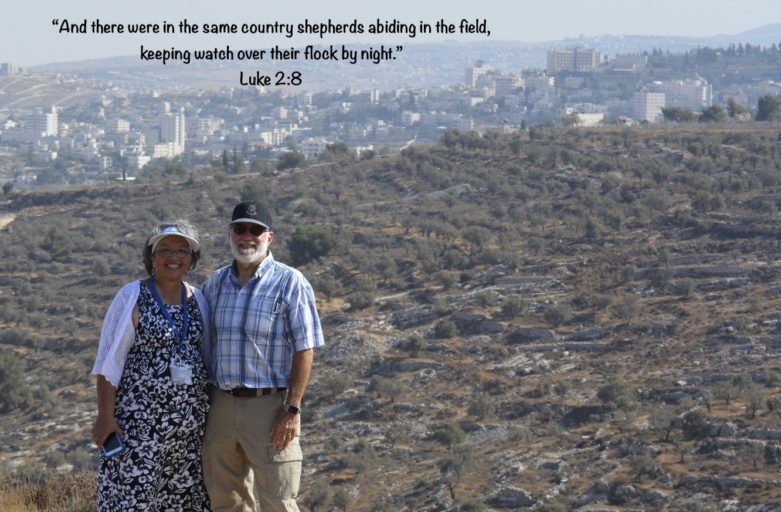Luke 2:10-12 “And the angel said unto them, Fear not: for, behold, I bring you good tidings of great joy, which shall be to all people. For unto you is born this day in the city of David a Saviour, which is Christ the Lord. And this shall be a sign unto you; Ye shall find the babe wrapped in swaddling clothes, lying in a manger.”
I grew up with several notions in my head that I really believed were true until I became an adult and realized that watermelon seeds didn’t sprout in my stomach and butter was not good to apply on a burn. These sayings were passed down from generation to generation in my family, and I never disputed them (or others), but like the seeds and butter, I have found that sometimes my understanding of certain concepts is based on assumption rather than fact. Sadly, sometimes this crosses over in my understanding of Scripture. For example, I had once assumed that the apple was the fruit of which Eve and Adam ate, but the exact fruit is not mentioned in the Bible (Genesis 3:6).
I recently realized that there is no mention of a stable in regards to the birth of Jesus, nor does the Bible record that an innkeeper provided an alternate place for Mary and Joseph to stay since there was “no room for them in the inn” (Luke 2:7). This “discovery” of mine compelled me to wonder, “If not in a stable, then where was Jesus born?”
One thought is that Jesus was actually born on a hillside in Bethlehem, specifically in the “shepherds’ field.” John and I visited this particular field adjacent to the town of Bethlehem. This field was the location where the temple sheep were pastured. They were designated for sacrifice in the Jewish temple and as such were carefully tended for by the shepherds. The shepherds had the task of making sure these sheep had food and water and were protected from predators. To help them keep watch over their flocks, there was a large stone structure in the field known as the Migdal Eder, the “tower of the flock.” From here, a shepherd could easily ascend and view the entire area where the sheep grazed. Lions or bears could be seen approaching, and the shepherd could quickly act to protect his flock. However, the tower had another purpose.
In the bottom section of the Migdal Eder, there was a place for pregnant ewes to give birth. It was a sheltered area, complete with a stone manger from which the ewe would find food if desired. Once the lamb was delivered, the shepherd would swaddle it to keep the newborn lamb from injuring itself, keeping it “perfect” for future use in the temple as Jewish law required that these sheep be “without blemish” in order to be acceptable as a sacrifice (Deuteronomy 15:21).
On the night when Jesus was born, the shepherds were in the fields guarding their sheep. When the angel appeared, it told the shepherds that they would find the Saviour of the world wrapped in swaddling clothes and lying in a manger. Instantly, the shepherds knew exactly where to go! The Migdal Eder! They didn’t run through the town of Bethlehem, searching every structure where a manger might be found because the angel gave explicit directions to the shepherds on where to find Jesus, and there was no doubt in their mind of where to go.
I believe there are no coincidences in God’s Word. Every infallible word is scripted by God, and has a purpose for its writing, and the Old Testament meshes perfectly with the New Testament. When we understand the connection between the spotless lambs, the Jewish sacrificial system for sins, the town of Bethlehem, and the birth of Jesus, it makes perfect sense that the Son of God, our promised Saviour, would be born in the Migdal Eder. That night, Jesus came to us as the perfect Lamb of God, wrapped in swaddling clothes and laid in a manger because, like the lambs that were slain for the sins of the Jewish people, Jesus, God’s Son, would one day be slain on a rugged cross becoming the perfect sacrificial Lamb for our sins.
“The next day John seeth Jesus coming unto him, and saith, Behold the Lamb of God, which taketh away the sin of the world.” – John 1:29

